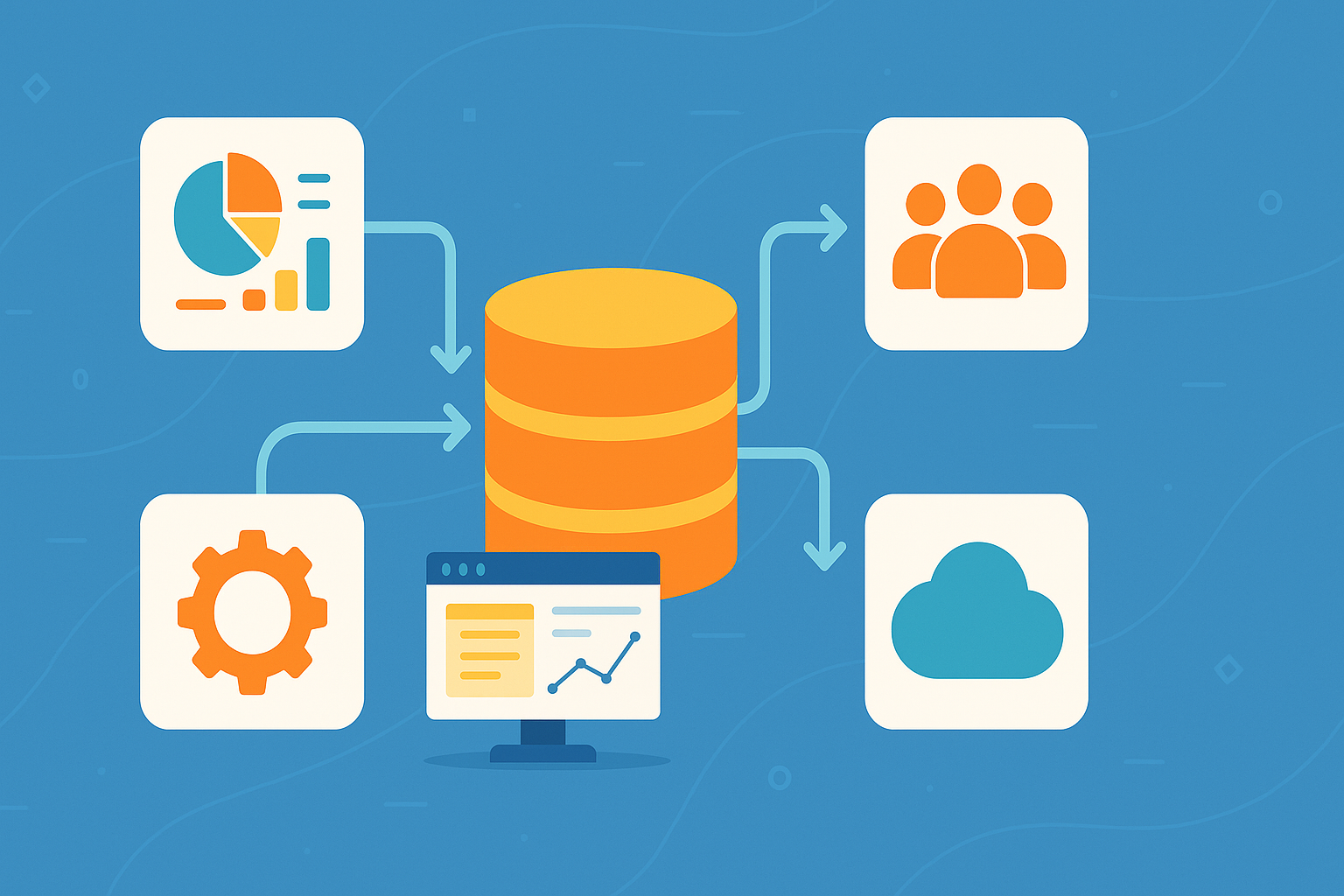In today’s technology-powered environment, businesses produce a brimming sea of information. Success hinges on the ability to manage this data effectively. Data integration tools come to the rescue since they combine data from different sources and make it actionable. This post discusses how these tools can improve efficiency and decision-making.
What Are Data Integration Tools?
Data integration tools are software applications that primarily bring information from various sources into a coherent view. ETL tools extract, transform, and load data to ensure consistency and accuracy. Automating these processes will thus save businesses time and make them error-proof.
Benefits of Data Integration
One specific benefit of data integration is better decision-making. A complete view enables organisations to make better decisions. Integration tools also improve collaboration by functioning as a single source of truth, so there is much less competition based on conflicting data. Moreover, integration tools boost productivity. Automating repetitive tasks allows workers to prioritize strategic work, which improves productivity and also promotes innovation and development in the organization.
Types of Data Integration Tools
There are a variety of data integration tools for many uses. On the other hand, batch processing tools can process large volumes of data periodically, at scheduled times, and therefore, they are more appropriate when real-time updates are not necessary. In contrast, real-time integration tools provide instantaneous updates, vital for time-sensitive processes. Cloud-based integration tools offer flexibility and scalability to help businesses scale up easily as they grow. They take away the physical infrastructure by providing cost and maintenance-efficient tools.
Choosing the Right Tool
There is no one simple answer to choosing the best data integration tool. While some tools are appropriate for bigger data, others shine with simpler data. Also, assess compatibility with legacy systems. The tool needs to integrate easily and automatically with existing software and platforms. This aspect guarantees seamless transition and operational disruptions. Cost is another critical factor. Although some tools provide many features in one package and require some money, companies must strike the right balance between features and a reasonable budget.
Implementing Data Integration Tools
Data integration tools need to be planned well for successful implementation. Clarify the requirements and goals, as this will be useful in determining the appropriate tool and setting specific objectives. Training is also vital; teaching employees to use the tool will give maximum benefit. The system requires regular updates for smooth functioning and efficient operation.
Overcoming Challenges
While helpful, data integration tools can cause further complications, thus leading to compatibility issues with existing systems and potential delays or additional development costs. Dealing with these issues would require upfront planning and communicating with your stakeholders. Data security is another concern. It is critical to protect sensitive information during integration. Adopting tight security measures and protocols will help to protect data integrity.
The Future of Data Integration
Data integration tools are also evolving, as is the development of technology. Artificial intelligence and machine learning components are getting integrated, which adds power to the tools. This evolution enables greater precision, insight, and improved decision-making. This trend of digital transformation has made data integration even more crucial. Adopting these tools can give businesses an upper hand by helping them stay in the market flow.
Conclusion
All in all, data integration tools are essential for speeding up operations and enhancing decision-making. These tools give a broader outlook by pulling information from various sources, thus improving collaboration and productivity. The right tool, and its proper use, can help realize the full potential of growth while also overcoming challenges. In today’s competitive business environment, the idea that you should integrate data is not a trend but a necessity. Those organizations that harness the power of these tools will transform themselves and be able to drive the whole set of operations into a more agile and disruptive future.
Published: July 12, 2025





